Anyone with a food allergy or a child with food allergies can attest to the fact that managing food allergies is no easy task. There is hope, however, and getting a handle on those allergies makes life a lot easier. Before you know it, you will be a food allergy pro. Here are 5 ways to manage food allergies:
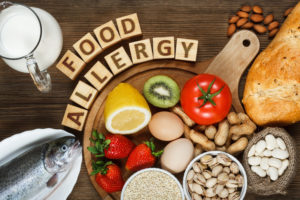
1. Zero in on allergens
Determining what your child is allergic to is key. If you suspect food allergies or intolerances, you can talk to your paediatrician about getting tested to determine the allergen. Blood work only reveals true allergies and is not 100% accurate, but it also does not indicate food intolerances which can be equally troublesome. A simple method of determining food allergens or intolerances is by process of elimination or an elimination diet modified for a child. Most importantly, keep a journal of the foods eliciting an allergic response as well as the type of response.
2. Seek help
If you are feeling overwhelmed with your child’s food allergies, don’t be afraid to ask for help. Meeting with a dietitian or nutritionist who specializes in food allergies can help ensure your child is getting all the nutrients they need without allergenic foods. There is also a wealth of information available on the internet, where you can find everything from online support groups to recipes. Talk to friends, family, and school teachers about your child’s food allergies not just as a precautionary measure but also for some additional support.
3. Read Labels Carefully
Foods can contain some hidden allergens so it is imperative you become label savvy. Current law now mandates that food labels must list the top 8 potential allergens wheat, nuts (both peanuts and tree nuts), soy, dairy, fish and shellfish. Be wary of cross contamination; food labels may also list the cross-contamination potential. For example, if your child is allergic to nuts, a food label with the note “processed in a plant that also processes peanuts″ or “may contain traces of tree nuts″ indicates that is definitely a food to avoid. If your child is highly sensitive, food purchased in bulk containers may also have been cross-contaminated and should be avoided. As a general rule, if you are unsure about a food or ingredient, don’t eat it.
4. Focus on the positive
Once you’ve determined the foods that need to be avoided, make a list of the foods you and or your child can have. This helps to keep things in a positive perspective by focusing on the foods your family can eat. Use this “can have″ list of foods as a starting point for recipes and you will find there is a whole new world of yummy foods you can eat.
5. Plan ahead
Planning ahead is a vital step in managing food allergies. Although you may find you need to prepare most meals at home to be sure you know all the ingredients, prepare a double recipe or cook in large batches so that you can freeze meals for later use as well as utilizing leftovers. Also, be sure to keep a few snacks handy at all times so if you are out and about and your little one gets hungry you’ll have an allergen free food available. The same goes for dining out; call restaurants ahead of time to ensure they can accommodate food allergies. Many restaurants now list their menus online so you can view before you go!

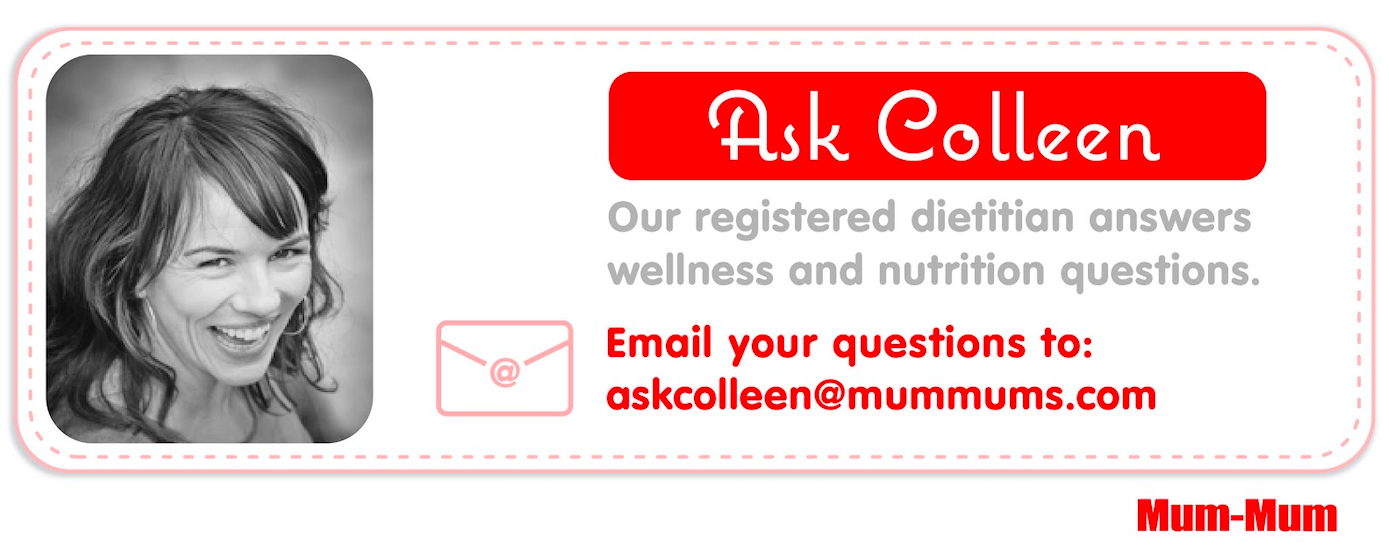
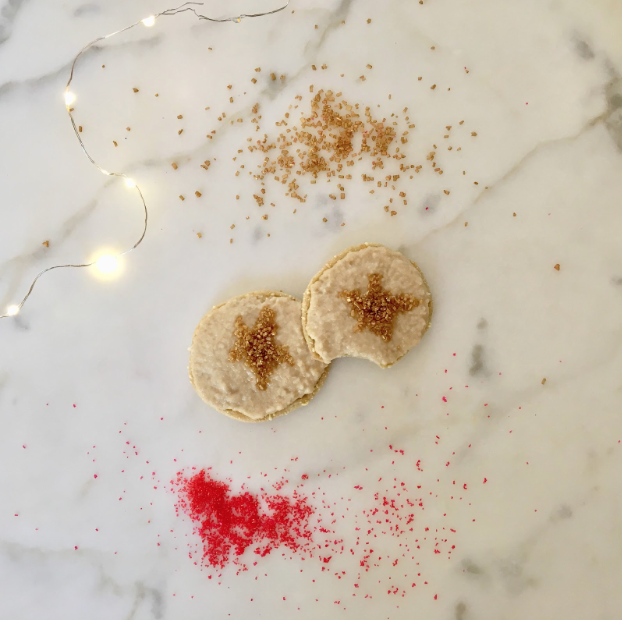

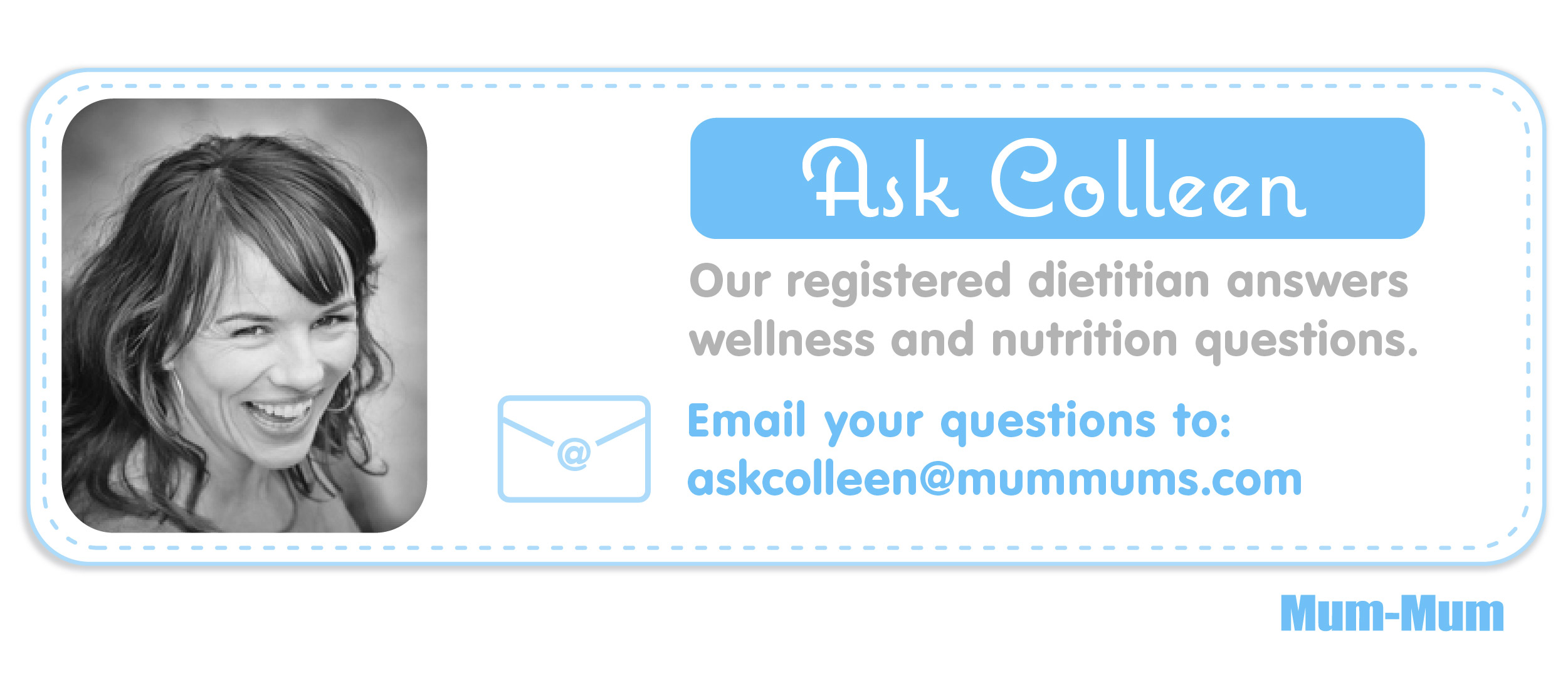
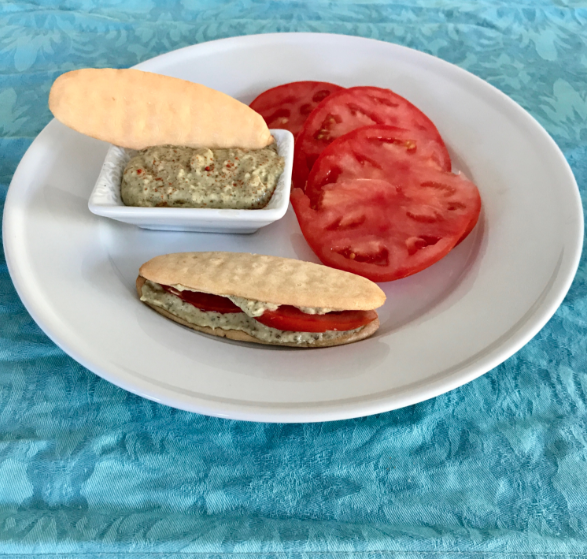
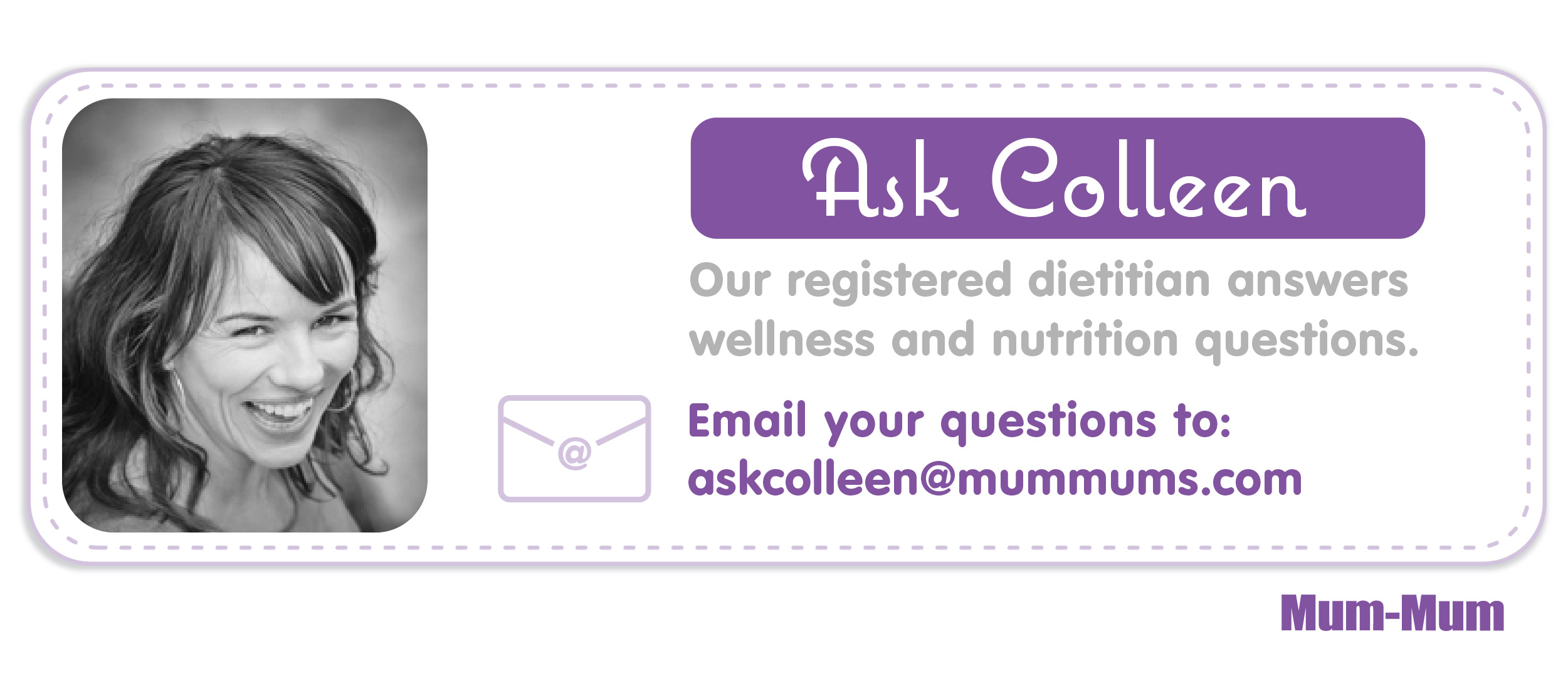

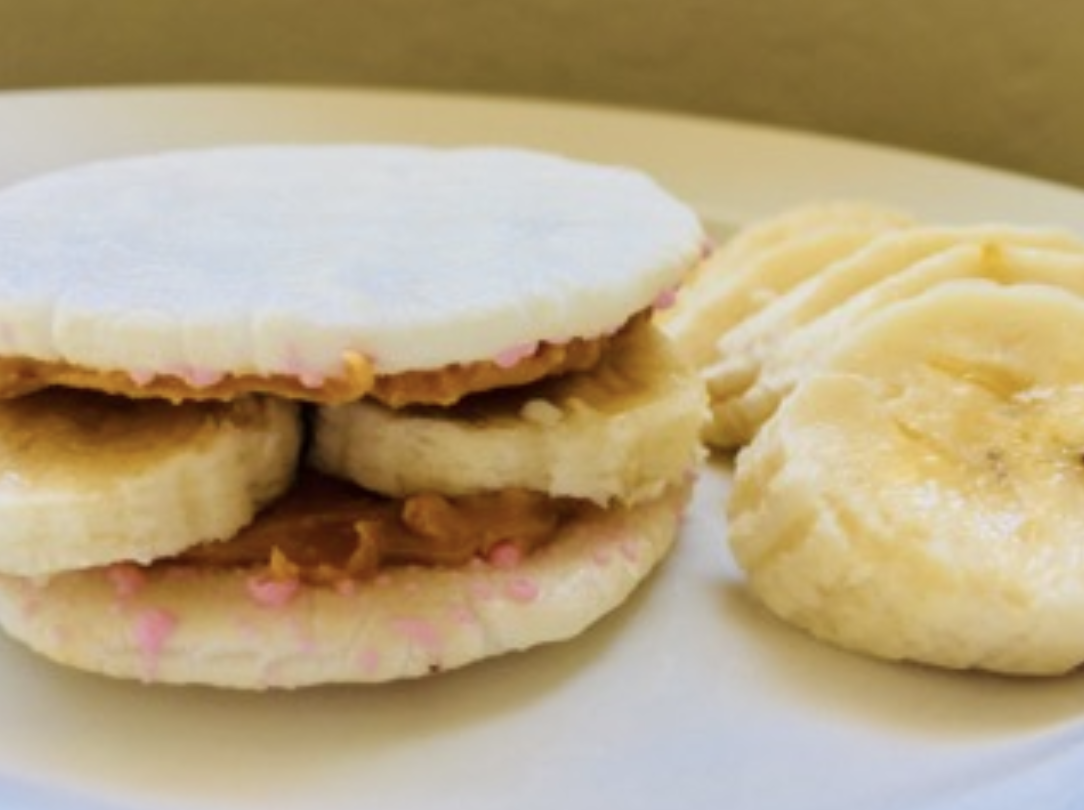
great tips. nut allergy in this house